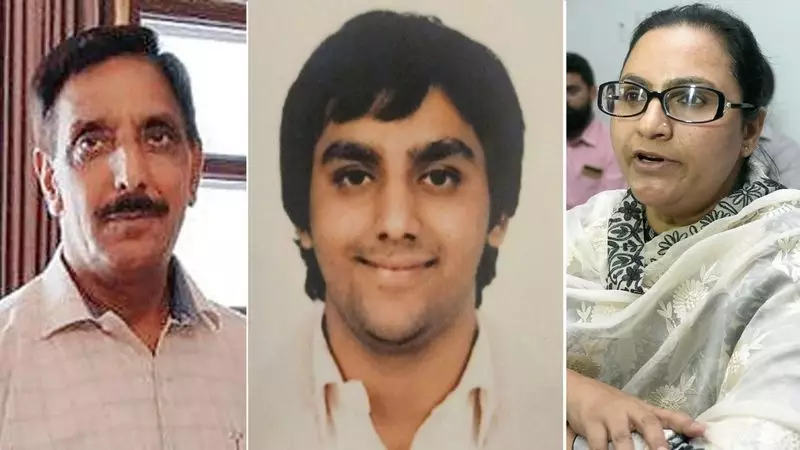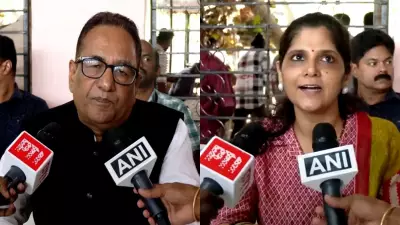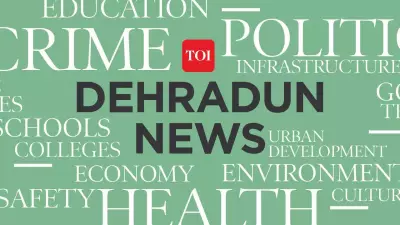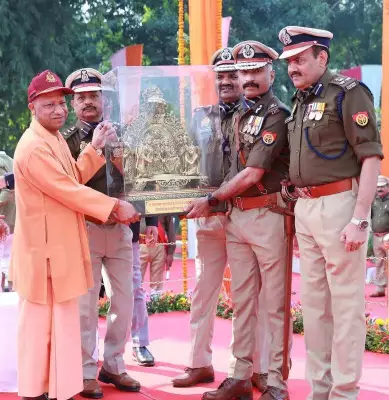
The high-profile death case involving the son of a former Punjab Director General of Police has taken an intriguing turn as details emerge about the complainant's controversial political history. The individual at the center of this legal drama has demonstrated a remarkable pattern of shifting political allegiances over the years.
According to investigations, the complainant has been associated with multiple political parties across the spectrum, changing loyalties with notable frequency. This pattern of political migration has raised eyebrows among legal experts and political observers alike, who question the timing and motivations behind the current complaint.
A History of Changing Colors
Sources reveal that the individual has switched political affiliations several times, moving between major political formations in Punjab. This history of changing colors has become a significant point of discussion in legal and political circles, particularly given the sensitive nature of the current case involving the former top cop's family.
The complainant's political journey shows a trajectory that spans across different ideological camps, suggesting either remarkable political evolution or strategic positioning. This background has added layers of complexity to an already sensitive investigation.
Legal Implications and Credibility Questions
Legal experts suggest that the complainant's history of shifting political loyalties could potentially impact the case's proceedings. The consistency and credibility of witnesses and complainants often play crucial roles in such high-stakes legal matters, particularly when they involve prominent political families.
The timing of the complaint, coupled with the complainant's political history, has sparked discussions about potential ulterior motives. Some observers wonder whether this represents a genuine pursuit of justice or whether external political factors might be influencing the case.
Broader Political Context
This development comes against the backdrop of Punjab's dynamic political landscape, where allegiances often shift and political loyalties are frequently tested. The case has drawn attention not only for its legal implications but also for what it might reveal about the intersection of politics and justice in the state.
As the investigation continues, all eyes remain on how these political dimensions might influence the case's outcome and what it could mean for the broader political equations in Punjab.





